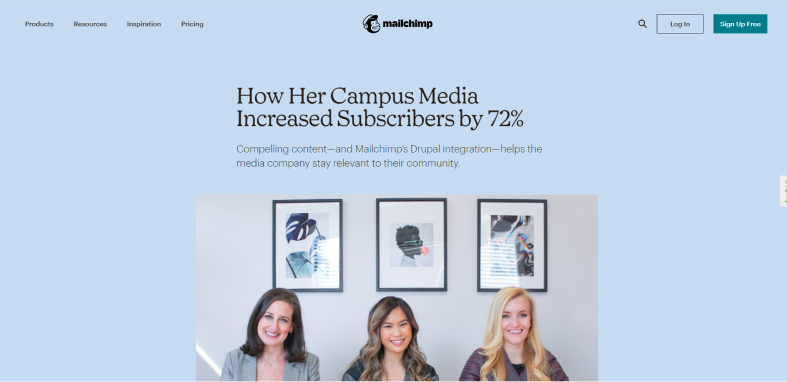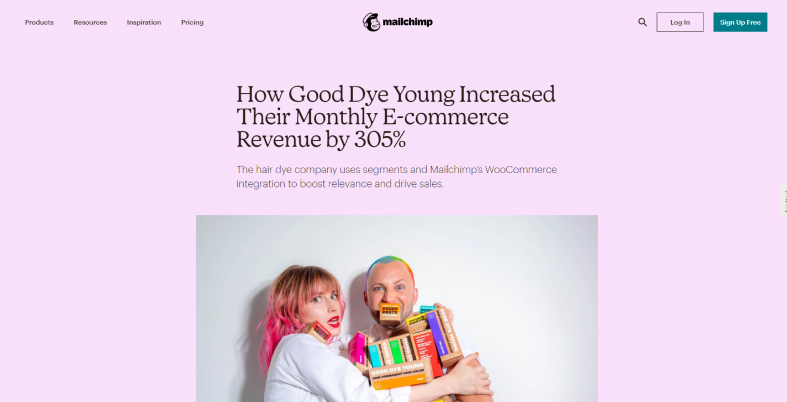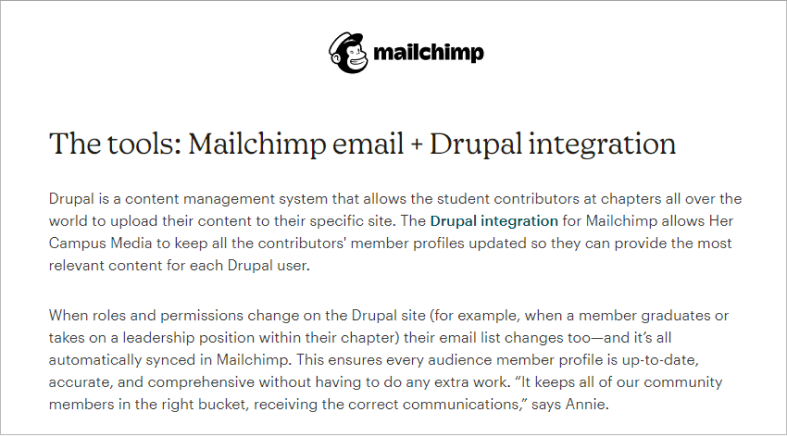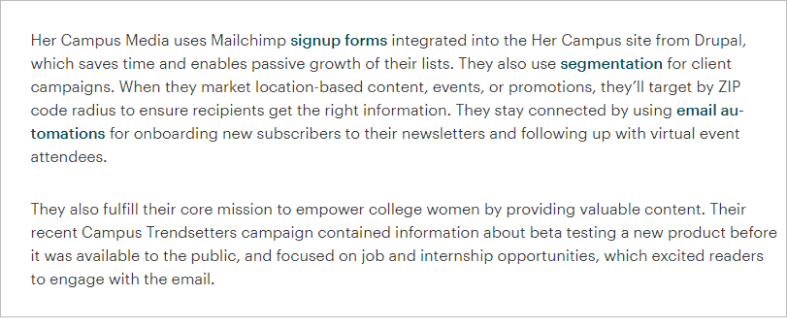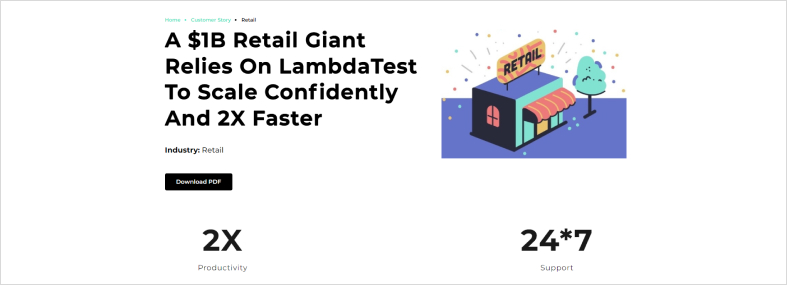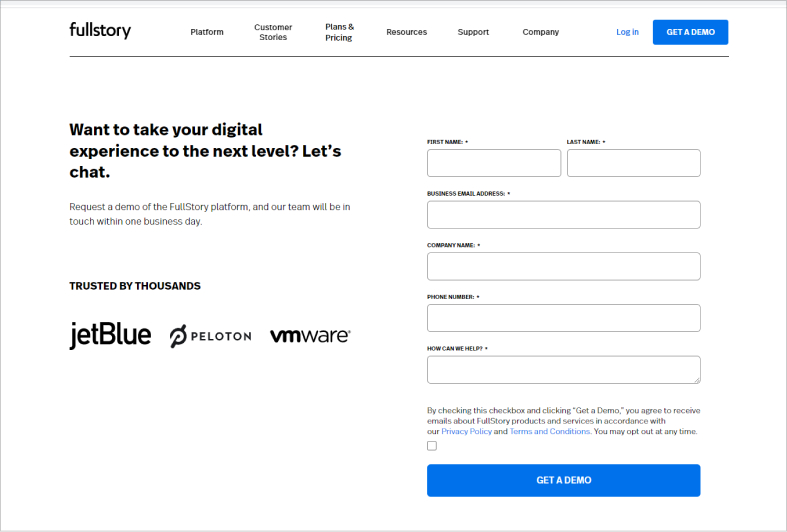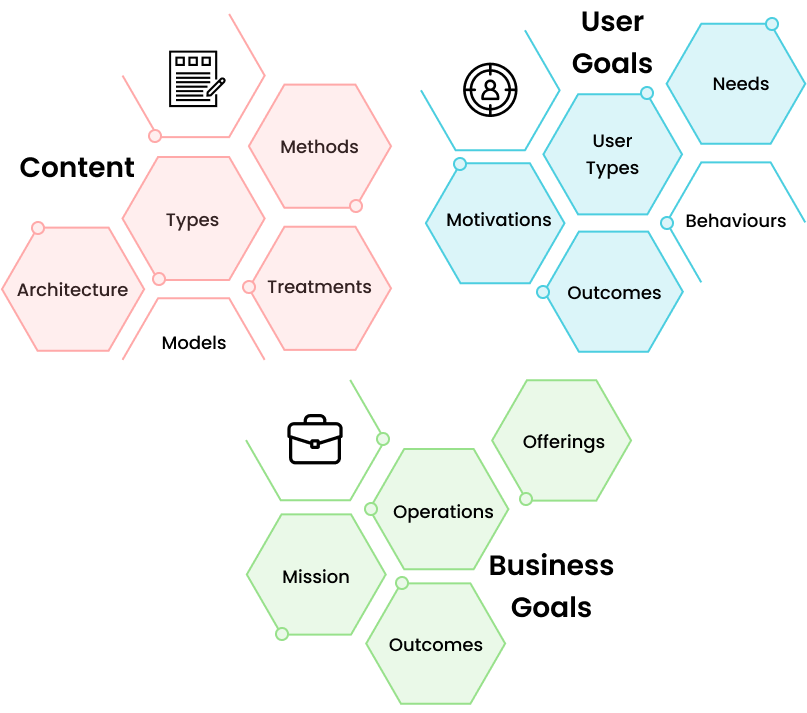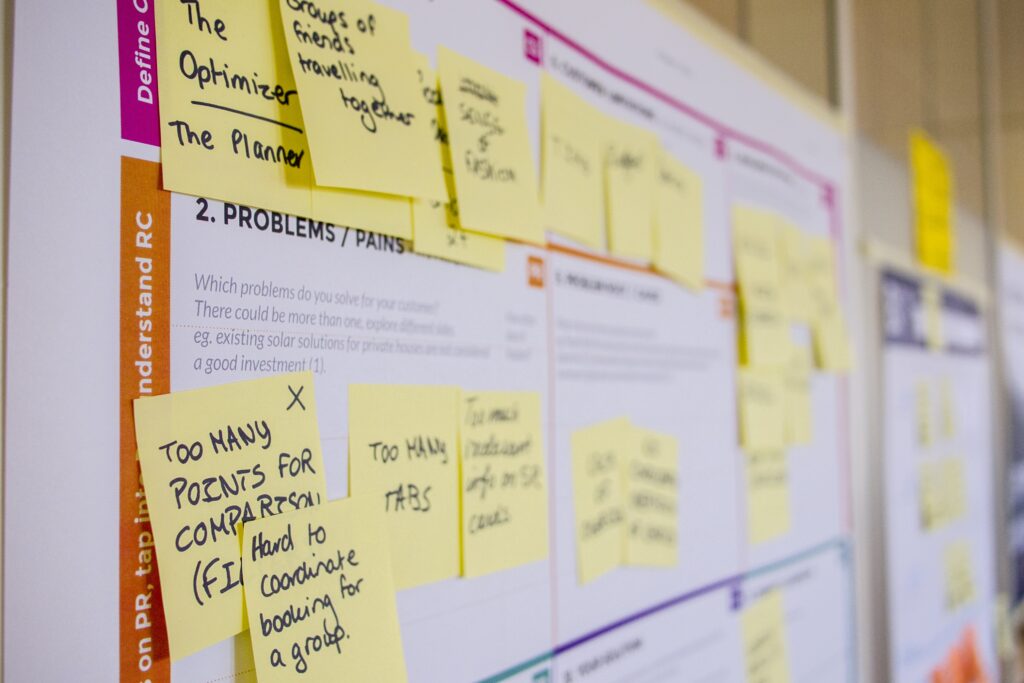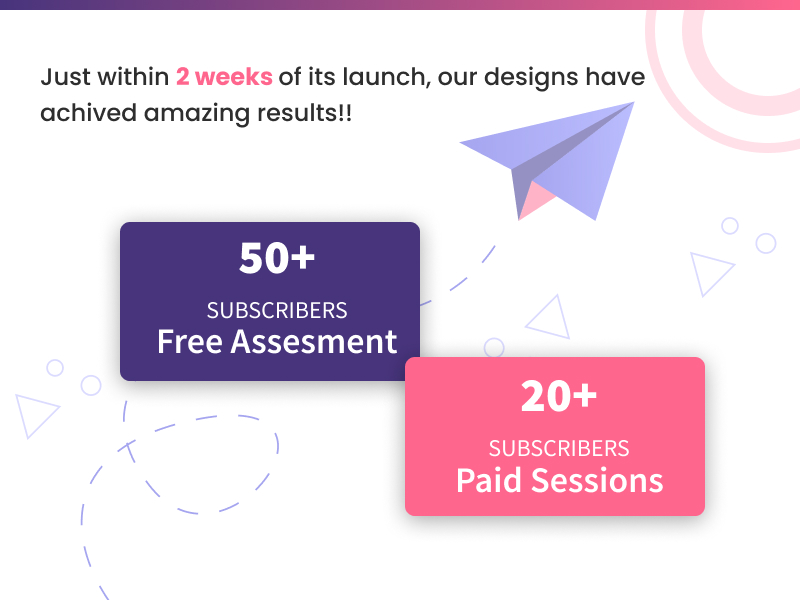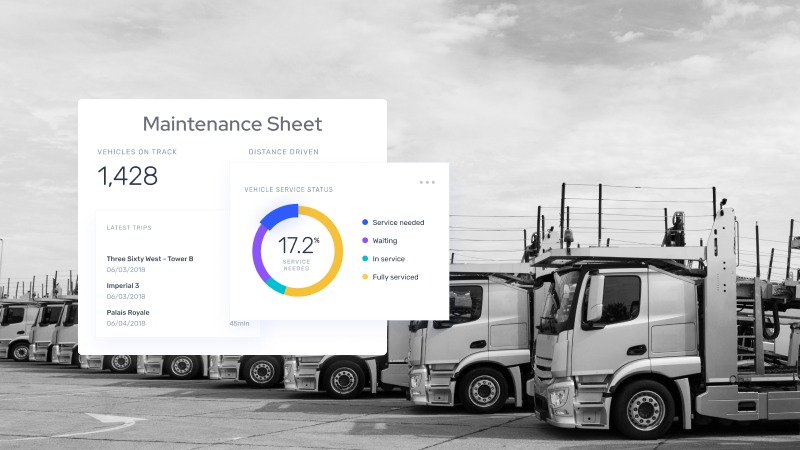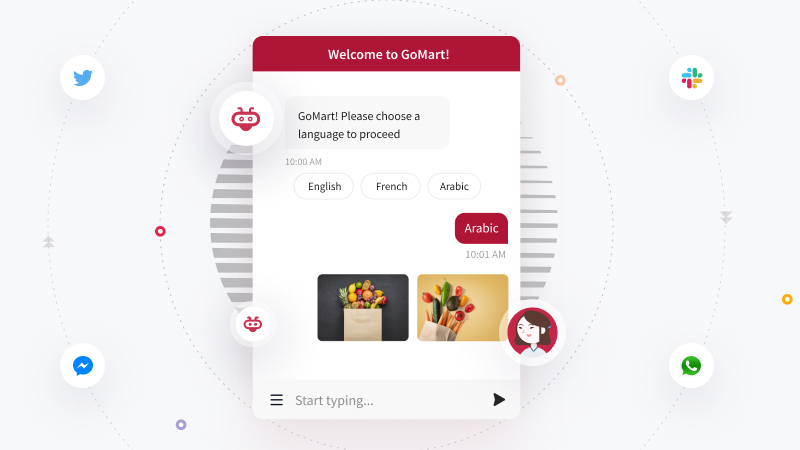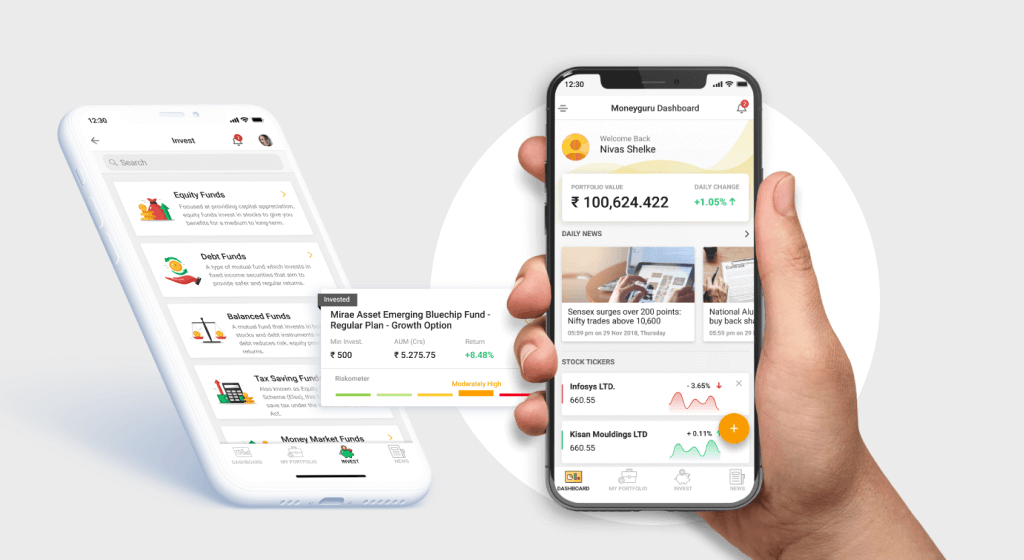It’s true that transformations happen at the unlikeliest of times.
My mother’s health checkup was scheduled bang in the middle of the covid-19 pandemic. Unavoidable as it was, her age and delicate health condition made it extremely risky to expose her to an outdoor environment – and a bustling hospital at that. In a bid to avoid one-on-one visits – that entailed booking an appointment, sitting in a waiting room, signing papers and the like – we struggled no end. Nothing showed up, and I had to trudge through all the processes, taking all the risk. Sure, the health workers, doctors and supporting staff were as helpful as they could get. But the fear, frustration and exhaustion I went through were real.
That day, I woke up to the gravity and need of a solution that could have simplified this for me, and for those facing a similar fate. While I had heard multiple times that health is a basic human right, I realised first-hand how access to medical care was at the heart of it.
The challenge of quality healthcare across the world
An industry already on the upswing, the pandemic propelled the healthcare industry to unprecedented heights. But while global healthcare has seen major advancement, the state of the industry continues to be dismal. The number of doctors and medical equipment per 100/1000 patients remains considerably low, both globally and in advanced countries like the US. In fact, according to a UN-backed report, 3.5 billion people—accounting for more than half of the world’s population—don’t have access to basic health services.
Building new infrastructure and upgrading existing ones can make health and medical care more accessible to the world. But the solution is not as easy. The more viable answer lies in the increasingly popular digital alternative – telehealth.
Source: https://policyadvice.net/insurance/insights/healthcare-statistics/
The potential of health tech: Bridging the gap even in times of social distancing
To put it simply, telehealth uses technology to provide and deliver, or grant access to, health care services to patients via phones, mobile apps, desktop apps and wearables. These user-friendly technologies are increasingly embraced by doctors, frontline workers, administrators and patients or their caregivers for their safety, ease and affordability. In places where traditional healthcare may not be affordable or cannot reach immediately, telehealth can save lives.
The rise of telehealth in the wake of Covid
Close to two years into the pandemic, and the days of visiting clinics already seem long gone. Instead of preferring one-on-one interactions with doctors, patients today find alternatives to avoid it, and prefer remote treatment instead.
In 2019, the market size of the Indian telemedicine industry was around 829 million U.S. dollars. This figure is forecasted to increase significantly in the coming years, reaching approximately 5.4 billion U.S. dollars by 2025.
Many factors make telemedicine a winner
Telehealth and telemedicine, by their construct, are so adaptive that they can create multiple positive impacts on the entire healthcare ecosystem.
Doctors save on time and overheads with a safer alternative-
- For doctors who are almost always managing high-stress situations, attending patients remotely is more efficient and less time consuming as compared offline appointments. Telehealth makes remote monitoring easier, cutting down on the doctors’ efforts. For those running clinics or hospitals, overhead costs of infrastructure like space, built up area, and supportive staff can be saved significantly by adopting health tech. Furthermore, in outbreaks such as Covid or other highly infectious diseases, telehealth can avoid the risk of patient exposure to doctors and other patients, lending a high degree of safety.

Patients take charge of their own health and focus on recovery-
- With patients having to worry less and less about the hassles of appointment booking, travelling, waiting, filling up case papers, they can focus on the actual consultation or treatment. The adoption of telehealth can save time and cost at every step for them.
- Using telehealth solutions, minimises risk of physical contact in case of non-emergency cases or regular health checkups. What’s more, this health tech also offers self-diagnosis tools that can help in primary checkup or identifying symptoms at an early stage.

Benefits for the Administrators-
- By providing proper training of the platform, administrator can easily keep the track of patients, line of treatments & doctor’s availability without being actually present in the clinic.
- They have clear visibility in finances, reports, medicines stocks and can be a bridge in between patient and insurance provider.
Frontline workers thrive in an environment that unburdens them-
- Telehealth adds incredible convenience to the schedule of the frontline worker – allowing them flexibility and helping avoid burnout. With minimal training, telemedicine helps create more front line workers in a short time to take health care to the last mile, especially in remote areas.
- Tapping into this potential, investment in virtual care and digital health has surged, fueling more innovation. Venture capitalist digital health investment has tripled in 2020, from 2017.
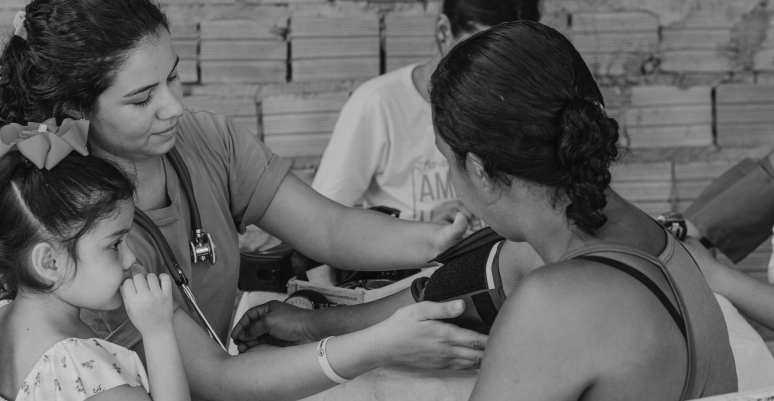
Administrators gain by getting clearer visibility into the working process-
- Once administrators receive proper training on telehealth platforms, they can easily track patients, their line of treatments and doctor’s availability without actually being present at the clinic. They get clear visibility of finances, reports, medicines stocks. This also helps them become a bridge between a patient and an insurance provider.
Government gains on several accounts-
- The cost of healthcare and treatments for critical diseases are very high, pushing millions to poverty. While the government spends huge amounts of funds every year for making healthcare accessible in rural or remote areas, the impact continues to stay minimal. Telehealth can significantly reduce this burden, both in cost and efforts. It can also help the government to navigate pandemic-like situations with ease.
It is no wonder that a Forrester’s research and prediction predicts virtual care visits to soar more than 1 billion this year.
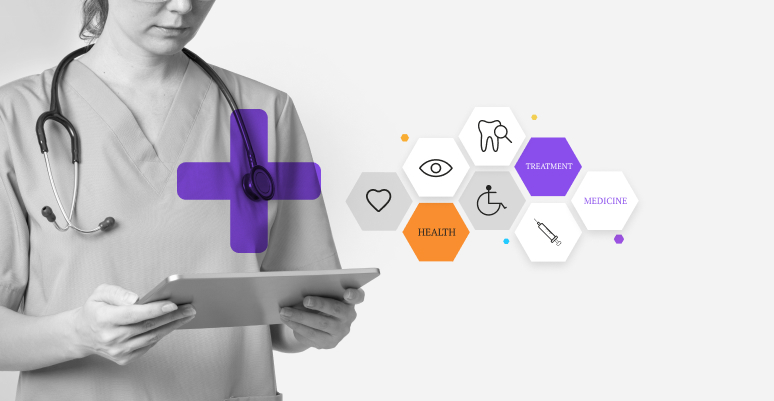
It is no unknown fact that the overall definition of the health care system has changed and it is becoming wider and more exclusive. To tap into these opportunities and make telehealth and telemedicine a real success, a lot of the responsibility has to be shouldered by those who will actually bring it to life – the UX designer. After my experience with my mother at the hospital and a UX designer, I now also have a personal reason to bring my best to the table.
In the next part of this article, I explore the challenges and opportunities in health care and how user experience designers can shape the industry for the better.
Stay tuned for the next part of this article, coming soon.
Article Author
Vishal Jadhav
Co-Founder of Prismic Reflections®

